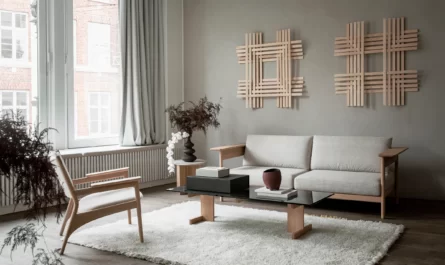There are several signs that you may have termites (often called “white ants“) in your home:
- Wings: After a colony matures, some termites will develop wings and swarm, often leaving behind discarded wings.
- Mud tubes: Termites build mud tubes to travel between their colony and a food source. These tubes are about the diameter of a pencil and can often be found on walls, foundations, and other parts of the structure.
- Damaged wood: Termites eat wood from the inside out, so it may be difficult to spot an infestation at first. However, if you notice that the wood in your home sounds hollow when tapped or appears to be discolored or crumbling, it may be a sign of termites.
- Frass: Frass is the wood-colored excrement that termites leave behind. It’s often found near infested wood.
- Live termites: Seeing live termites or swarmers inside or outside of your home is a sure sign of an infestation.
It’s important to note that some of these signs could also be caused by other pests or issues, so it’s always a good idea to have a professional inspect your home to confirm whether or not you have termites.
How should you conduct a white ant (termite) inspection?
A professional termite inspection typically involves a thorough examination of the interior and exterior of a home or building to identify any current or potential termite infestations. The inspector will look for the signs of termites, such as mud tubes, damaged wood, frass, and live termites, as well as any conducive conditions that may make the structure more attractive to termites, such as excess moisture or wood-to-soil contact. The inspector will also typically check the foundation, crawl spaces, and attic, as well as any outbuildings or other structures on the property.
Here are the steps of a typical termite inspection process:
- Visually inspect the exterior of the home, including the foundation, siding, trim, and any decks or patios attached to the structure.
- Inspect the interior of the home, including the crawl space and attic, as well as any basements or other living areas.
- Look for signs of termites, such as mud tubes, damaged wood, and frass.
- Check for conducive conditions that may attract termites, such as excess moisture or wood-to-soil contact.
- Inspect any outbuildings or other structures on the property, including garages, sheds, and fences.
- Take note of any issues or concerns found and report them to the property owner.
- Provide recommendations on how to prevent future termite infestations or treatment if necessary.
It’s important to note that termite inspection should be done by professional, licensed and experienced inspector, who have knowledge and proper tools to conduct the inspection and identify the presence of termites and their type accurately.
Is white ant treatments environmentally safe for my home?
The safety of termite treatments in terms of the environment depends on the specific treatment method being used. Many of the treatments used today are considered relatively safe for the environment, but some can have negative effects if not used properly.
Some common termite treatment methods include:
- Liquid termiticides: These treatments involve injecting a liquid pesticide into the soil around the foundation of a home or building. When applied correctly, liquid termiticides can be effective and safe for the environment.
- Baiting systems: Baiting systems use wood or paper impregnated with a pesticide to lure termites away from the structure being protected. These systems can be a safe and effective option.
- Physical barriers: These are physical modification done to the building foundation to prevent termites from entering the structure. This method can be a long lasting solution with minimal impact on the environment.
- Heat treatment: using heat to eliminate termites, this method done by professional can be an effective way to eliminate termites, but it may also have an impact on the environment.
It’s important to note that, regardless of the treatment method used, it is important to follow the instructions provided by the manufacturer and use the treatment only as directed. Improper use of termite treatments can have negative effects on the environment and on the health of the people and animals that come into contact with them.
It is also important to consult with a professional and licensed pest control service which have knowledge and expertise in the field and have access to the safe and effective termite treatment methods.




